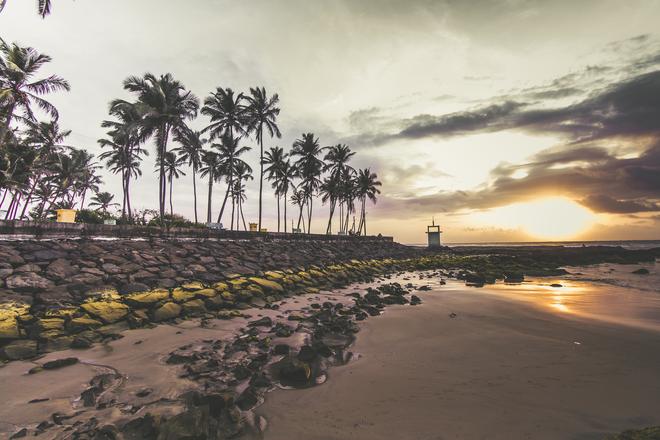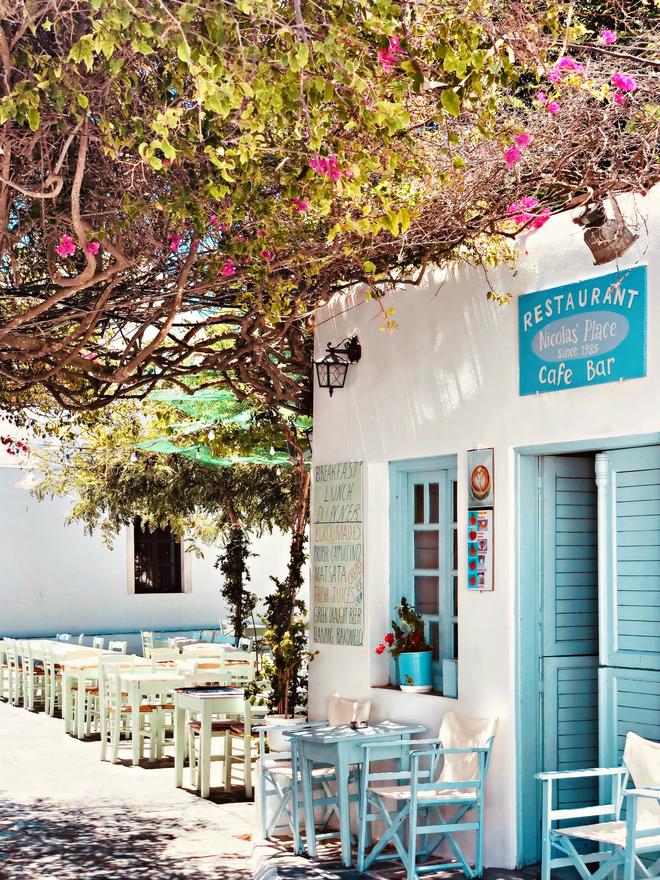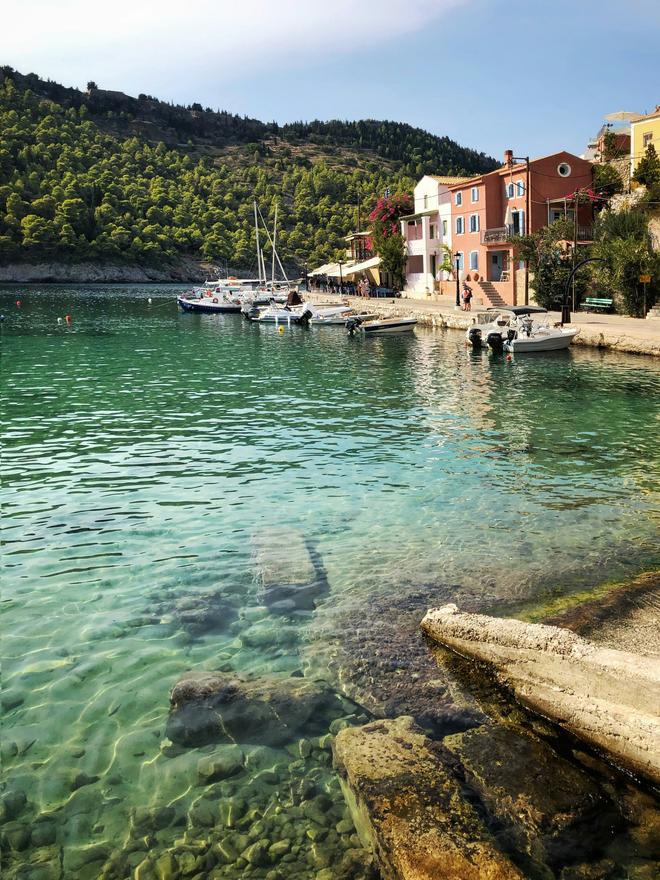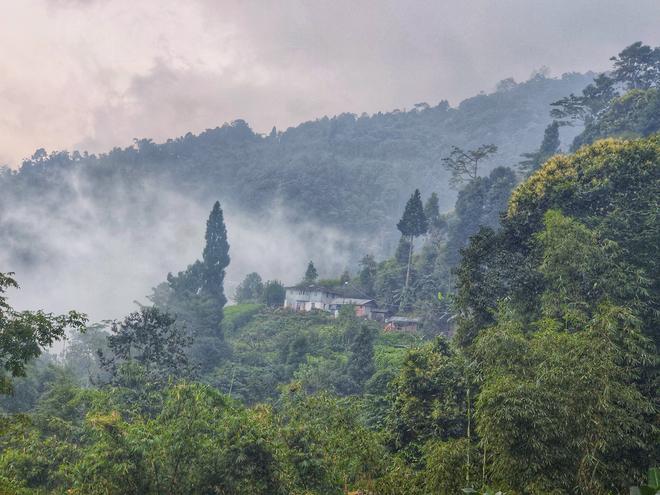A TikTok trend has reached travel.
The latest travel trend blowing up on social media is called destination duping and it involves shunning major tourist centres/cities for equally interesting and affordable alternatives. A travel twin, if you may.
Travel tech company Expedia was the first to mention destination dupes in their trends for 2024. ‘In the Expedia Trends in Travel report, dupes are destinations that are a little unexpected, sometimes more affordable, but every bit as delightful as the tried-and-true places travellers love’ writes Melanie Fish, chief trend tracker for Expedia Brands. Examples of destination dupes include Taipei instead of Seoul, Perth instead of Sydney, and Pattaya instead of Bangkok.

International holiday platform, Travel Local, is seeing more requests from customers who are seeking quieter alternatives to some popular tourist ‘hotspots. “For example, 10 years ago most of our Greece requests might have been centred around Santorini or Mykonos. Customers are now considering lesser-known alternatives such as Cephalonia or Folegandros,” says co-founder, Huw Owen.

“The benefits [of destination duping] are numerous, including experiencing similar attractions with fewer crowds and lower costs, while also contributing to sustainability by relieving tourism pressure from overcrowded areas,” says Daniel D’Souza, president and country head-Holidays, SOTC Travel.

Both SOTC Travel and Thomas Cook have found that Indians are choosing domestic destinations resembling major international tourist sites — Gulmarg and Khajjiar for the Swiss Alps, Andaman’s beaches comparable to Phuket, Andhra Pradesh’s Gandikota Hills known as India’s Grand Canyon, and tea estates in Munnar resembling the Cameron Highlands in Malaysia.

“In a way that is kind of what I have been doing these last few years,” says Phalguni Desai, programme coordinator, Goethe-Institut Mumbai. The self-confessed ‘mountain person’ would often travel to Dharamshala and Nainital, but now prefers Mirik, a small town in West Bengal. “It has all the things I loved about going to the hills…forests, people living in a unique culture, a food and culture that is familiar but also different, and a softer hill vibe.”

Elisa Robles Fraga, director of Spain Tourism Board says, “Dupes often possess incredible yet overlooked cultural and natural heritage due to limited promotion or overshadowing by other destinations.” She adds that the growing appeal of Valencia or Malaga to Indian tourists can be attributed to improved international flight connections, their Mediterranean location, and renowned gastronomy, positioning them as good dupes of Barcelona.
Owen believes that a key reason for this shift in behaviour is over-tourism, but it has its benefits. “Over-touristed locations have a chance to recuperate and these newly discovered destinations get some attention and, ideally, some love,” he says.

A destination dupe may be a good idea when the original place is suffering from overtourism, but it brings other concerns to the fore: is the new place ready to be a ‘replacement’? Does such a comparison take away from the individual characteristics of the place? “When we choose a lesser-known destination, that place becomes famous for it and what if it goes down the same trajectory. How many layers of duping can you do then?” asks Shivya Nath, a travel blogger at The Shooting Star who promotes slow travel. “We are not addressing the root cause of the problem, namely, why do you need to find a destination dupe?” On the positive side, she adds, “It may help people look at their own choices as travellers, and make them conscious about the way they travel”.
To be a better traveller, Shivya suggests you ask yourself what motivates you to travel and choose a place accordingly, instead of going with what is trending or showing up on Instagram reels.
Where to next?
The next time you are planning a trip, here are some possible destination dupes.
Sindhudurg for Goa
Escape Goa’s crowded beaches and tourist-lined roads for a region abundant in cashew and mangoes, with a pristine coast, untouched white sand and palm-fringed beaches. Sindhudurg offers a microcosm of Goa, minus the crowd. There are forts to explore, including one in the sea; food that is a wonderful mix of coconut curries, fresh seafood and fish, tamarind, kokum and mango; stunning beach-facing resorts like Coco Shambhala; unique art and culture in the form of puppetry and Chitrakathi art; and of course, an abundance of water-based activities.
Utah for Arizona
Utah shares many similarities with its neighbouring state of Arizona, in particular its picturesque desert landscapes and national parks. Utah is blessed with five national parks, scenic drives, small towns that look like they’re out of a cowboy Western and friendly people. Adventure enthusiasts can look for hiking a freezing river (The Narrows) or any of the many trails in Zion National Park and Bryce Canyon; off-roading at Grand Staircase-Escalante Monument; kayaking the Colorado River; and canyoneering at Escalante. Each activity rewards visitors with stunning vistas, red rock and sandstone mountains, and even lava caves.
Valencia for Barcelona
“The Mediterranean jewel of Valencia [appointed the European Green Capital 2024] has been slowly attracting more and more visitors looking for the gastronomy and multicultural ambience Barcelona was offering,” says Fraga. In terms of gastronomy, just like Barcelona, Valencia offers a variety of vegetarian and vegan options, as well as fine dining restaurants.







